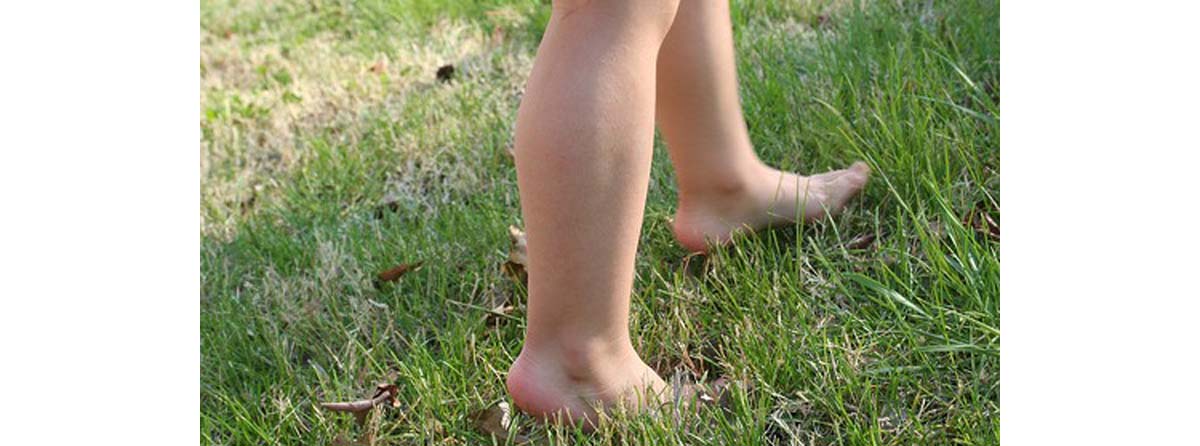Table of Contents
Dealing With Plantar Warts
You may be glad to be rid of woolly socks and boots for the summer, but the higher temperature and increased humidity of summer does bring some hazards.

You're more likely to fall victim to plantar warts, especially if you frequent public swimming pools or stay at hotels. Plantar warts, also called verrucas, are caused by a strain of HPV, the Human Papilloma Virus. These warts look nasty and can hurt, and, unless you take steps to eliminate them, veruccas can stick around for many years. Thankfully, there are a couple of things you can do to reduce your risk of developing these warts — and since they're two opposite tactics, you'll have to take your pick.
You can go barefoot and let your feet sun dry completely after you have used public showering areas, and walk for a while after so the friction eliminates the virus from your foot sole. This tactic means you're more likely to come into contact with sharp objects, of course. You could also choose to wear flip flops or crocs whenever you use a public showering area. If you go this route, you'd need to wear something on all tiled areas of indoor or outdoor pools.
Should you end up with a wart or several anyway, you'll need to decide how to proceed. Many doctors are currently of the opinion that plantar warts don't need to be treated unless they cause discomfort.
Liquid nitrogen is a common treatment, which freezes the warts. This treatment may be hugely popular, but I'll share a secret with you — I had two plantar warts on my foot soles for 20 years. Liquid nitrogen proved to be a somewhat painful but totally ineffective treatment for me.
I managed to get rid of my warts recently, after my family doctor prescribed me a solution containing salicylic acid. The treatment was painless, and my warts were gone within two weeks. Research shows that salicylic acid acid is only effective in around 15 percent of cases, though. If you've tried everything, including liquid nitrogen, salicylic acid, and other over-the-counter wart treatments, then surgical verucca removal may be another option for you.
Treating Fungal Foot Infections
What's the deal with fungal foot infections? As with plantar warts, you're more likely to end up with one during the summer months. Sweaty feet are at a higher risk, so make sure you follow the suggestion to put talcum powder on your feet every day. Foot deodorants may also help you combat sweaty feet. Your feet should be exposed to the air regularly even if you successfully avoid sweaty feet. Shoes, but especially nylon socks, are the perfect breeding grounds for fungi. (Yes, that means that, if you do wear socks, they should be made of natural fibers.)
You've got a good reason to suspect you've contracted a fungal infection called athlete's foot if you have peeling or cracking skin that looks like scales on the soles of your feet. Your feet may be red and much more prone to blisters, and you may notice itching or burning sensations. These symptoms could mean other things too, so see a podiatrist or your family doctor for a diagnosis.
The most common treatment is a topical anti-fungal cream, but you may need an oral anti-fungal medication if that doesn't do the trick. Fungal nail infections are a problem too. If you end up with one of these, you can use anti-fungal tablets or nail paints to clear the infection up. In the meantime, maintain great foot hygiene and be patient, as these infections can take months to resolve.
Don't relax as soon as your fungal infection clears up; you could be reinfected by your own shoes or bathroom. Thoroughly clean your bathroom with bleach, and wash shoes in the washing machine or clean the insides with bleach. Better still, replace your shoes after the infection is gone so that any remaining spores don't reinfect you.
- Photo courtesy of Louise Docker by Flickr : www.flickr.com/photos/aussiegall/322013191/
- Photo courtesy of wheatfieldbrown by Flickr : www.flickr.com/photos/wheatfieldbrown/3466248859/


Your thoughts on this